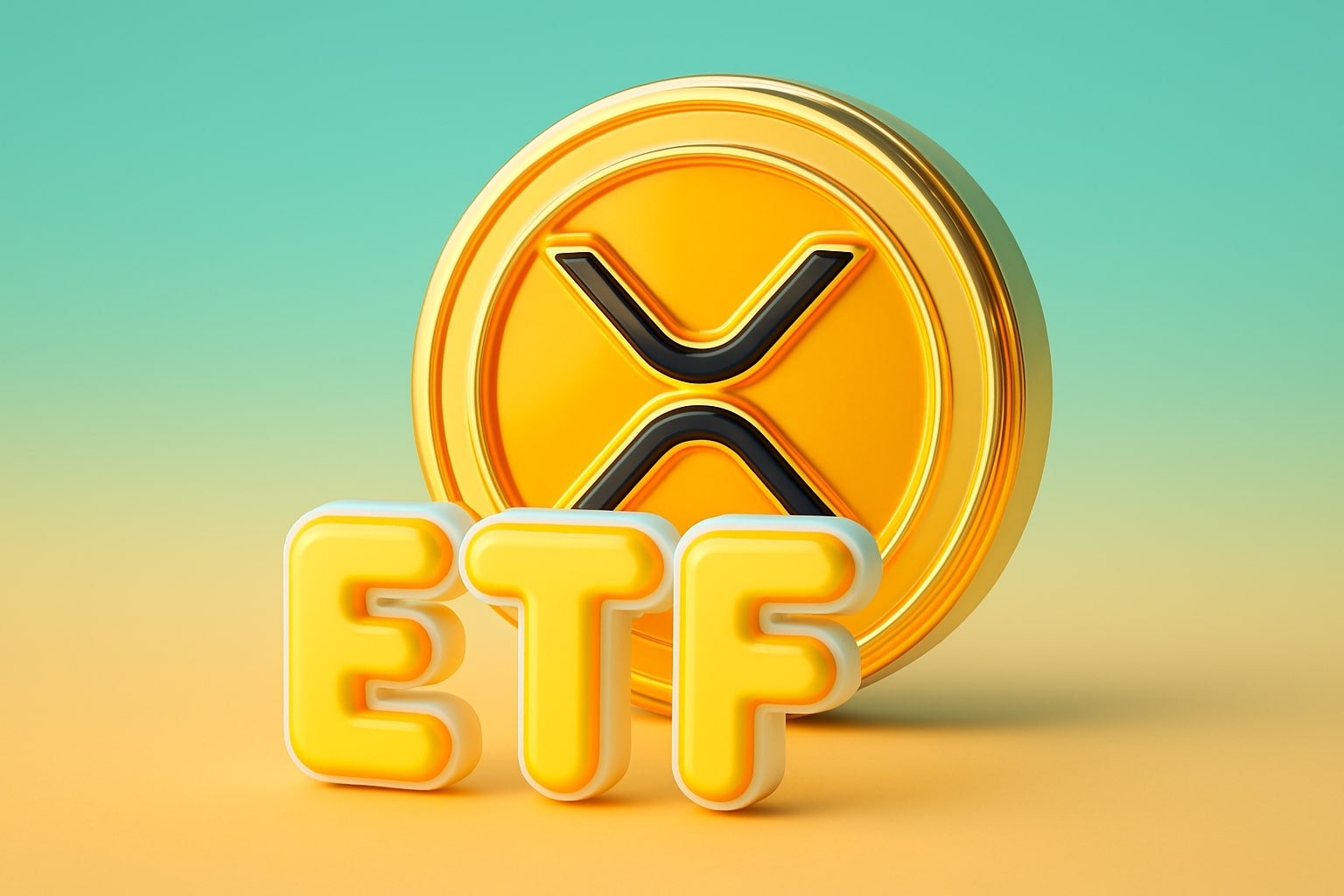Ethereum (ETH-USD) Struggles Below $4,500 as Traders Take Profits but Institutional Demand and ETF Momentum Build for a 2025 Breakout
Ethereum (ETH-USD) is trading near $4,487, down roughly 4% in the past 24 hours, marking the first meaningful cooldown after a multi-week rally that saw the second-largest cryptocurrency climb as high as $4,755.22 — its highest level since August. Despite this short-term retracement, Ethereum remains up 5% over the past week and more than 40% year-to-date, supported by a growing wave of institutional accumulation, ETF expansion, and upcoming network upgrades set to redefine its long-term valuation path.
Profit-Taking and Leverage Liquidations Drive Near-Term Pullback
The latest decline is driven primarily by profit-taking and derivatives positioning. Over $225 million in capital outflows were recorded from Ethereum on October 7, marking one of the sharpest weekly outflows since July. This reflects active rotation by traders locking in profits after repeated rejections near the $4,800 resistance zone. Leveraged long exposure remains elevated — data shows that over 70% of ETH futures traders are positioned long, amplifying the risk of cascading liquidations if selling persists.
Technical indicators echo this cooling phase. The MACD histogram is flattening, while KDJ momentum oscillators point to exhaustion after a strong three-week surge. Ethereum’s failure to sustain a breakout above $4,800 formed a bearish divergence on short-term charts, indicating waning momentum. Yet, broader price structure remains intact with a key support corridor between $4,250 and $4,400, a zone that has triggered rebounds in five of the last six pullbacks this year.
Whale Accumulation and Institutional Positioning Remain Aggressively Bullish
While short-term traders exit, large holders continue accumulating. Whale data confirms that BitMNR expanded its position to 2.83 million ETH, signaling conviction in Ethereum’s mid-term strength. This move coincides with BitMine, led by Tom Lee, boosting its Ethereum holdings to $13 billion, marking one of the largest institutional accumulations since 2022.
Institutional products have amplified this narrative: the SEC’s approval of Grayscale’s ETH ETF and Fidelity’s expansion of its tokenized ETH fund underscore rising mainstream adoption. These vehicles are already drawing billions in inflows, helping Ethereum decouple from retail-led volatility. With spot ETFs now active in both U.S. and European markets, analysts estimate that cumulative institutional inflows could exceed $30 billion by mid-2026, reshaping Ethereum’s supply dynamics.
Technical Foundation Strengthens Ahead of Pectra and Fusaka Upgrades
Ethereum’s upcoming roadmap remains one of its strongest long-term catalysts. The Pectra upgrade, slated for Q4 2025, will introduce Verkle Trees, reducing node storage requirements and increasing network efficiency. Following that, the Fusaka upgrade in November 2025 will integrate Proto-Danksharding (EIP-4844), a core scaling feature that lowers transaction costs on Layer-2 networks by up to 90%.
These technical advancements come at a crucial time when network activity remains elevated. Ethereum continues to process over 1.2 million transactions daily, with gas fees averaging $8.64, down 43% from midyear peaks. Active validator counts exceed 1.1 million, with staking participation now above 32.8 million ETH — roughly 27% of circulating supply. This unprecedented staking volume constrains liquid supply on exchanges, effectively amplifying the impact of institutional accumulation.
ETH/BTC Pairing Signals Structural Strength After Multi-Year Trend Break
On cross-pair analysis, ETH/BTC has shown renewed momentum, recently rebounding from 0.0365 BTC after a 140% rally earlier this year from 0.015 BTC. The pair remains supported at 0.0325–0.03 BTC, aligning with the 10-week moving average, while higher timeframe charts reveal a breakout above an eight-year descending trendline.
Notably, a golden cross has appeared on both price and MACD, the first in nearly five years — historically a precursor to long-term ETH dominance cycles. Analyst Merlijn The Trader projected a potential move toward 0.10–0.12 BTC, suggesting Ethereum could outperform Bitcoin by 120–150% during the next market expansion.
Short-Term Consolidation Within a Bullish Long-Term Triangle
Ethereum’s price action continues to respect a multi-year symmetrical triangle that has been forming since early 2021. This structure, combined with the confirmed V-bottom recovery from $3,800, sets the stage for an extended rally. According to historical backtests, V-bottom formations carry a 70–80% probability of long-term bullish reversals.
At current levels, ETH trades between $4,200 and $4,800 — a consolidation band that has acted as both resistance and accumulation zone for 18 months. A sustained close above $4,735 (upper Bollinger Band) would signal momentum resumption toward $5,000, while maintaining price above $4,316 (20-day SMA) would keep the structure intact.
Institutional Forecasts Extend Toward $9,000–$12,000 by 2025
Analyst projections have converged on an increasingly bullish medium-term trajectory. CoinPedia places Ethereum’s 2025 average price near $6,285, with a potential high of $9,428 if the triangle breakout confirms. VanEck’s institutional model targets $6,000 under base-case assumptions, while Tom Lee sees potential for $12,000 by the end of 2025, citing ETH’s structural dominance in DeFi, staking, and tokenization.
Longer-term forecasts extend dramatically: by 2028, projections suggest highs of $31,819, rising to $71,594 by 2030, as Ethereum cements its role in tokenized real-world assets, gaming infrastructure, and decentralized data markets. Exponential growth in on-chain settlement value — now exceeding $4.5 trillion annually — positions Ethereum as the central financial layer of the digital economy.


















